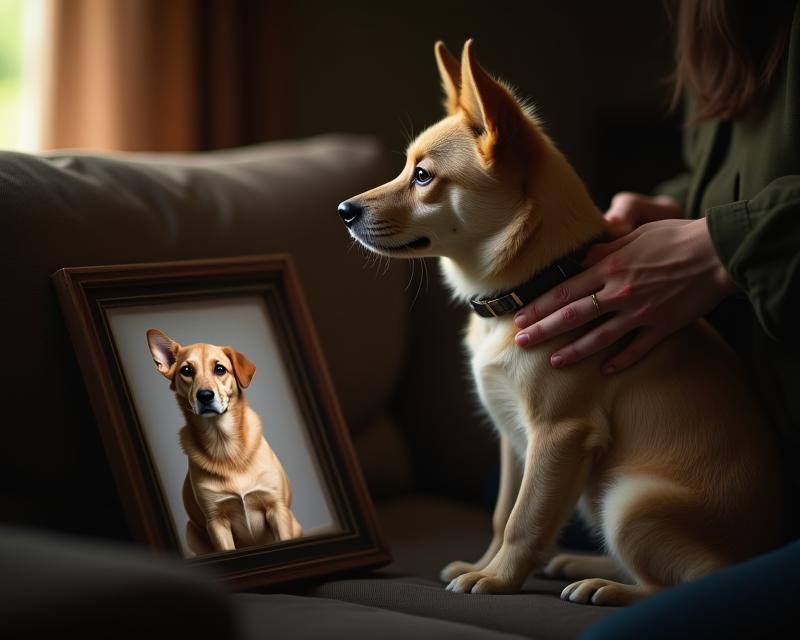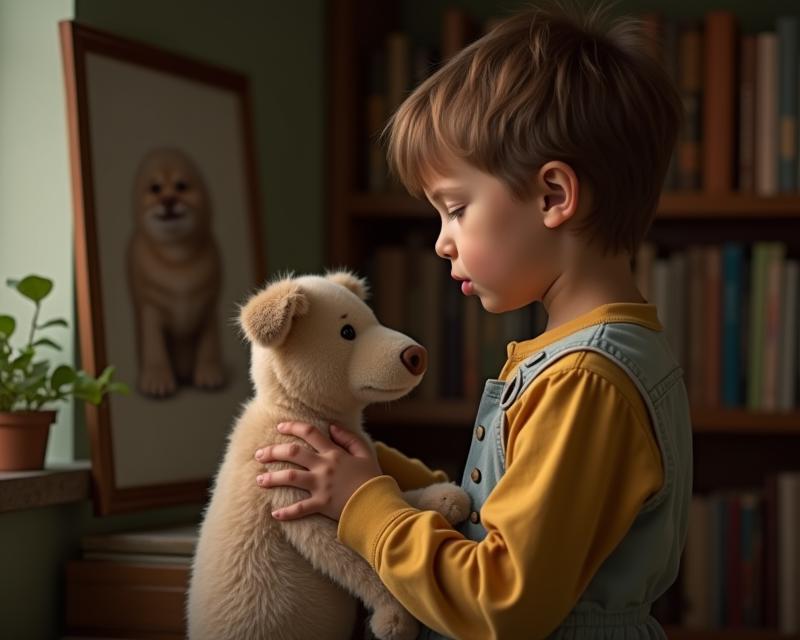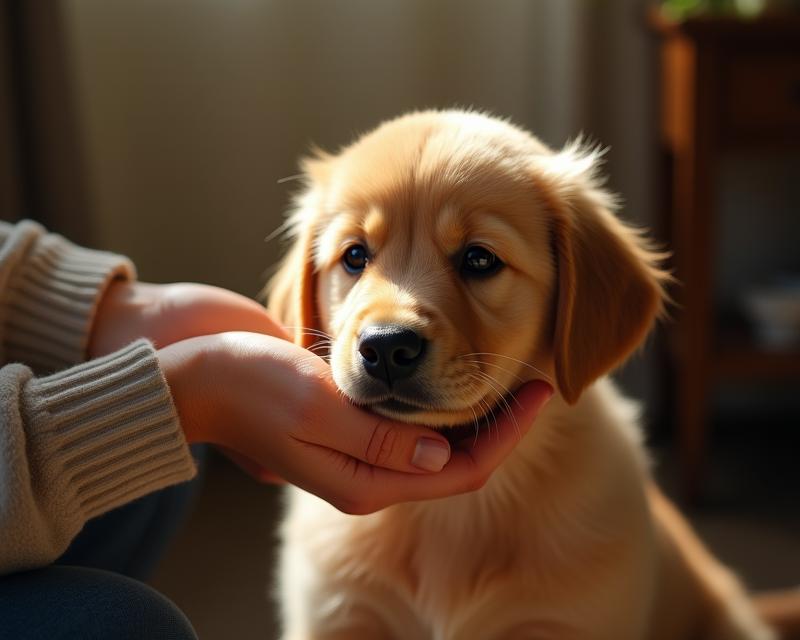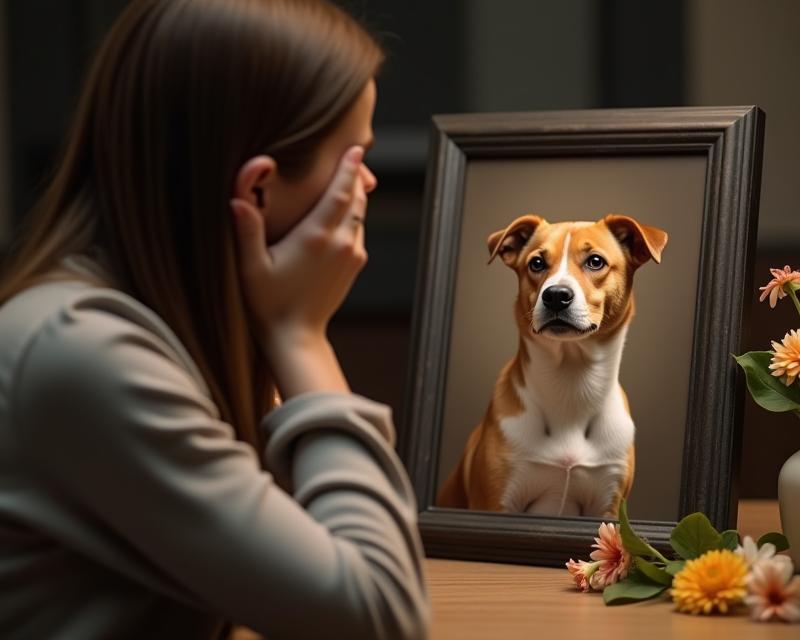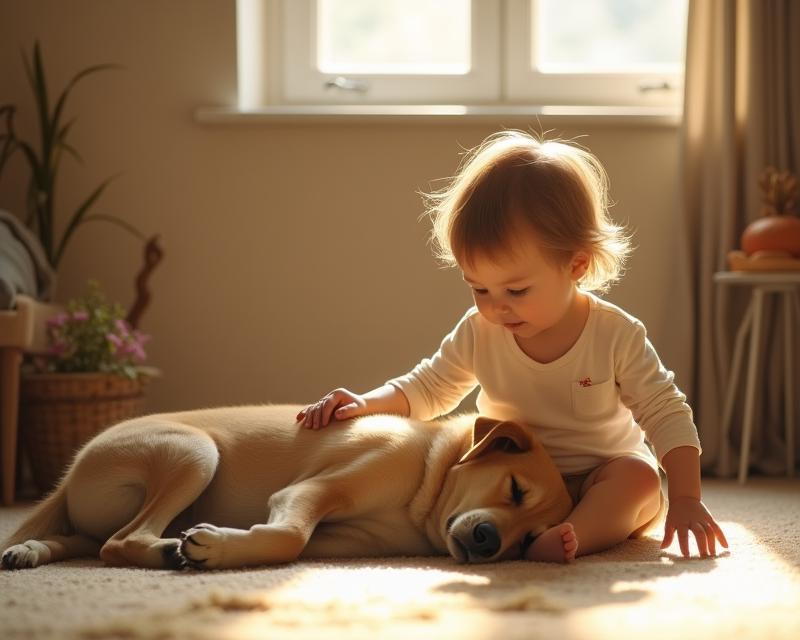Socializing a Fearful or Aggressive Pet
Publish in General Care el 28/06/2025 23:29
Understanding Your Pet's Behavior
It can be really worrying when your pet displays fearful or aggressive behaviors. It's important to remember that these behaviors are often a sign of stress, fear, or insecurity, not malice. Understanding *why* your pet is acting this way is the first step towards helping them feel more comfortable and secure.
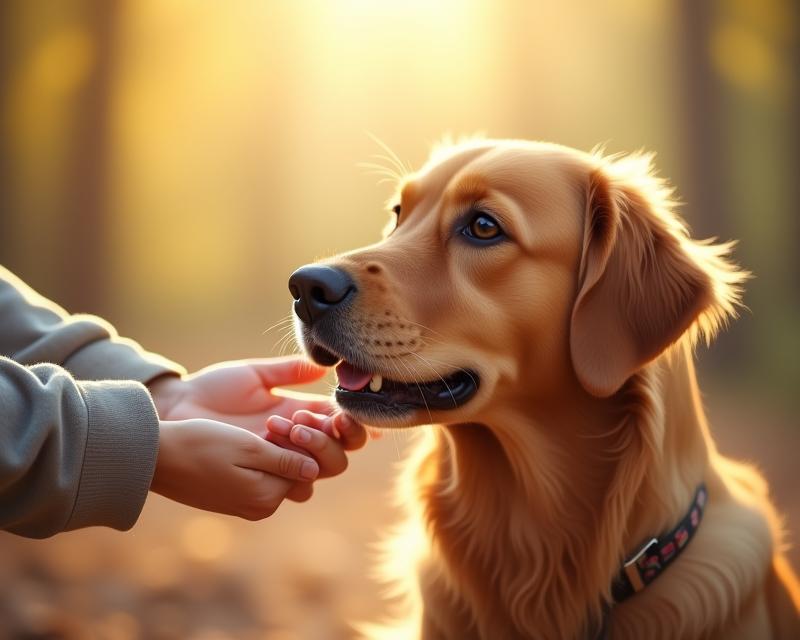
Identifying the Root Cause
Before you can start socializing your pet, try to figure out what's triggering the behavior. Is it specific people, other animals, loud noises, or certain environments? Keep a journal noting when the behavior occurs and what's happening around your pet. This can help you pinpoint the source of the problem. Sometimes, past experiences (like a negative encounter) can contribute to fear or aggression. If you suspect a medical issue is involved, a vet visit is crucial to rule out any underlying health concerns.
Slow and Steady Wins the Race
Socialization needs to be a gradual process. Never force your pet into situations that make them uncomfortable. Start by exposing them to the trigger from a safe distance – far enough that they don't react negatively. Positive reinforcement is key! Whenever your pet shows any sign of calmness or curiosity (even a slight sniff!), reward them with treats, praise, or a favorite toy. The goal is to create positive associations with the thing they fear or are aggressive towards.
Safe Exposure and Management
Controlled exposure is vital. For example, if your dog is fearful of other dogs, start with brief, supervised walks where you maintain a significant distance from other dogs. Gradually decrease the distance as your dog becomes more comfortable, always watching for signs of stress (tucked tail, flattened ears, lip licking, whale eye). If your pet displays aggression, prioritize safety. Use a leash and muzzle if necessary, and avoid situations that could escalate the situation. Consider consulting with a certified professional dog trainer or veterinary behaviorist. They can provide personalized guidance and develop a tailored socialization plan for your pet. Remember, patience and consistency are essential for success! It takes time to build trust and change ingrained behaviors.
